The following analysis is based on information available to us at this moment. We will continuously update the content when new information comes in.
BMW announced the all-new G30 5-Series last week. From documents they have published so far, we gain some insight of the Bavarian firm’s new mid-size luxury sedan, and are able to perform an in-depth comparison between the G30 and the current F10 5-Series.
The current F10 5-Series shares most of its structure and framework with the F01 7-Seires. Fundamentally their similarity is so high that, they are considered to be just different in sizes.
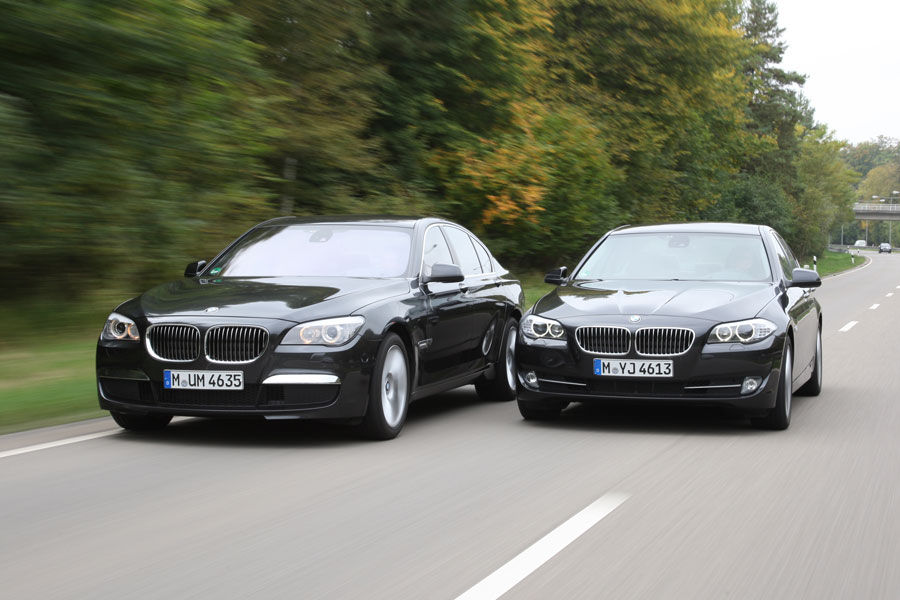
However this is no longer the case for the upcoming G30 5-Series. The gap between the G30 5-Series and the G11 7-Series are dramatically widened, mainly in how their car body are constructed.
The G30 5-Series is still using the aluminum-steel construction, while the G11 7-Series employs the exotic “carbonfiber core” approach in its major load-bearing body-in-white components.
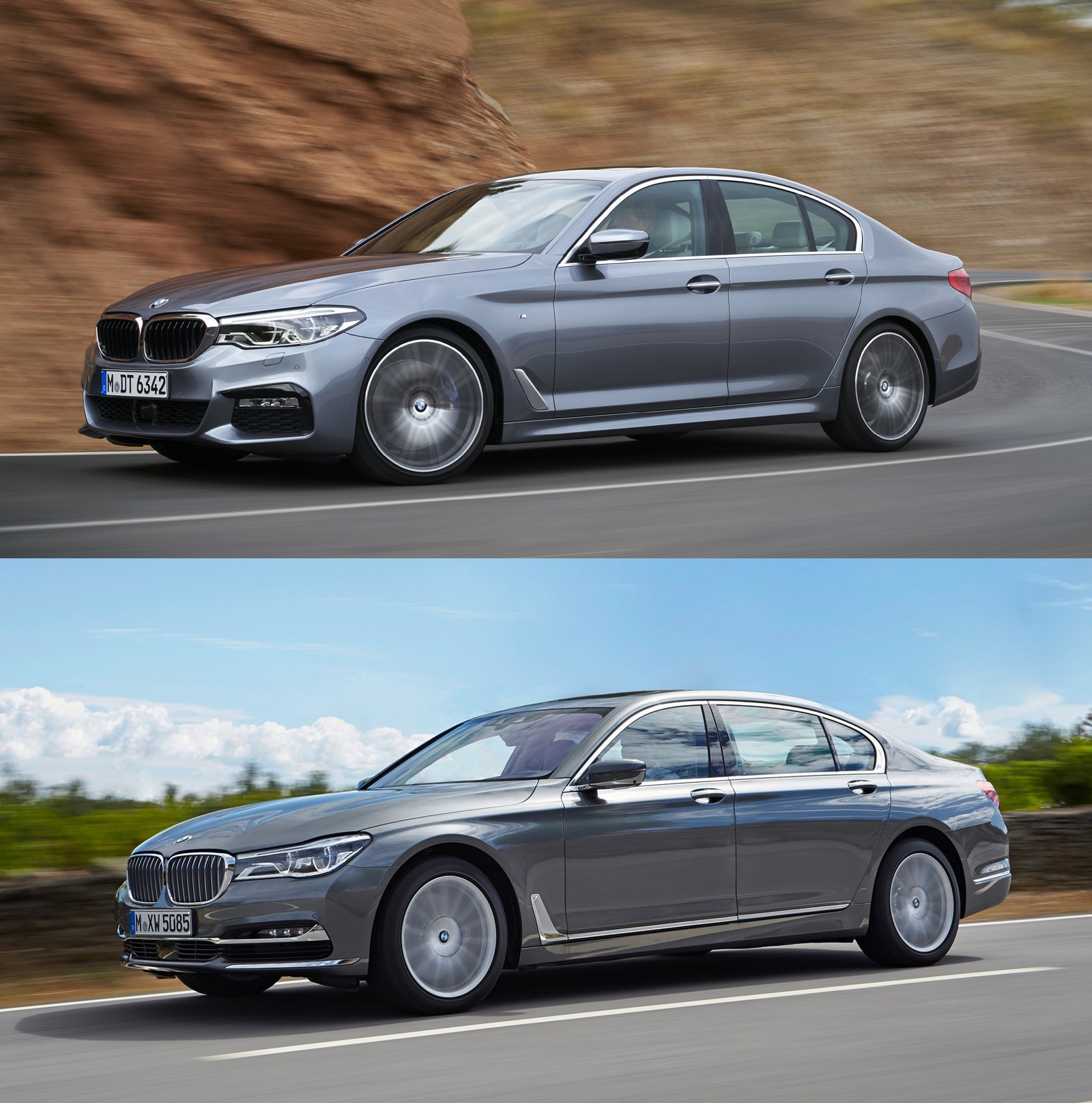
Therefore, we can consider BMW is re-positioning the 5/7 product line to target their corresponding market more effectively – the new 7-Series attains more technologically advantages than the 5-Series, and thus have a more upscale feel; at the same time, the new 5-Series is more focusing on luxury features and practicability which many typical 5-Series buyers are caring about. Therefore, from a holistic aspect, the all-new G30 5-Series:
- Fundamental framework is less similar to the G11 7-Series
- Compared to its predecessor F10 5-Series, major enhancements are in luxury/electronic features and practicability
- Fuel efficiency is also a key point
- Performance has considerable improvements, but not to the extend that in the electronic features aspect
In the following I will present some details on each item.
Exterior
The G30 5-Series is larger in every exterior measurements than the F10 generation. The increasing in size is mainly for the rear seat space. BMW claimed the G30 5-Series has noticeably greater rear headroom and legroom than the current F10 5-Series.
The G30’s exterior also has the lowest drag coefficient (Cd = 0.22) in its class.
Car Body Construction (G30 vs. F10)
First let’s take a look at the F10 5-Series. Although it got very good results in IIHS tests, the highest strength steel the F10 generation uses is “only” rated as >900 Mpa in yield strength.
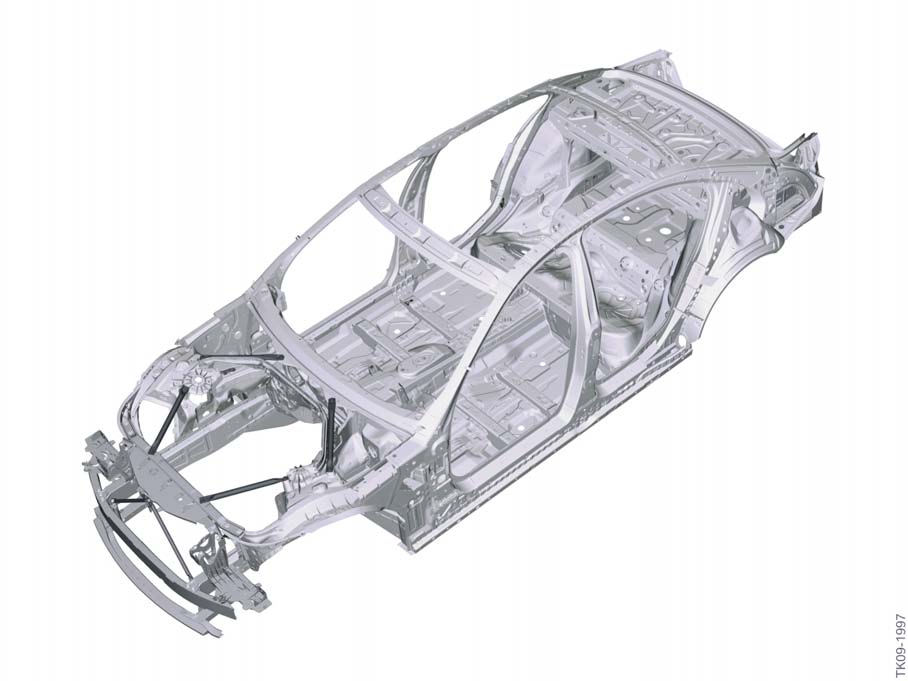
The F10 5-Series’ body uses aluminum-steel hybrid materials: the strut tower, engine hood, front quarter panel, doors are made with aluminum, the rest of the body-in-white are steel.
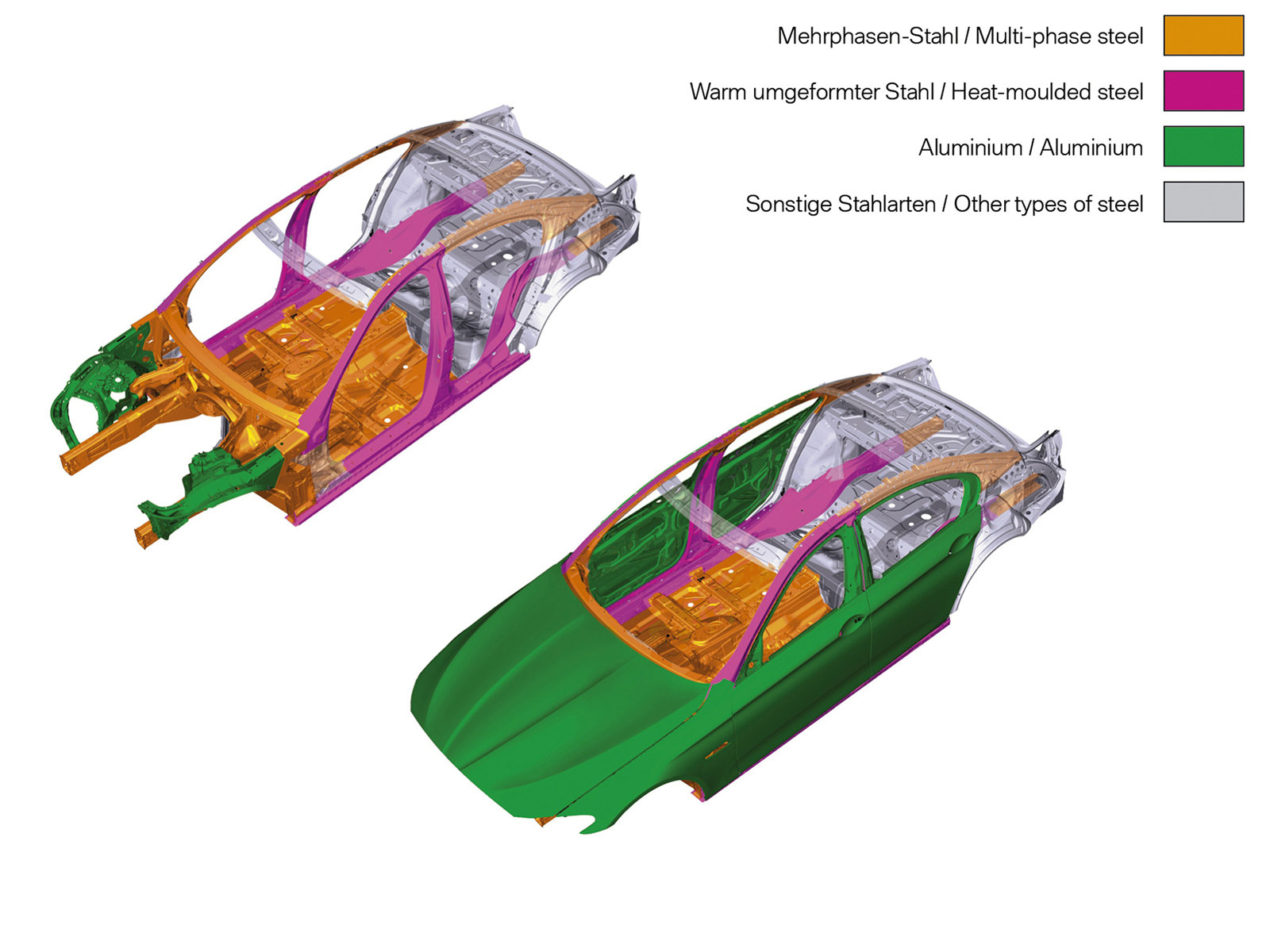
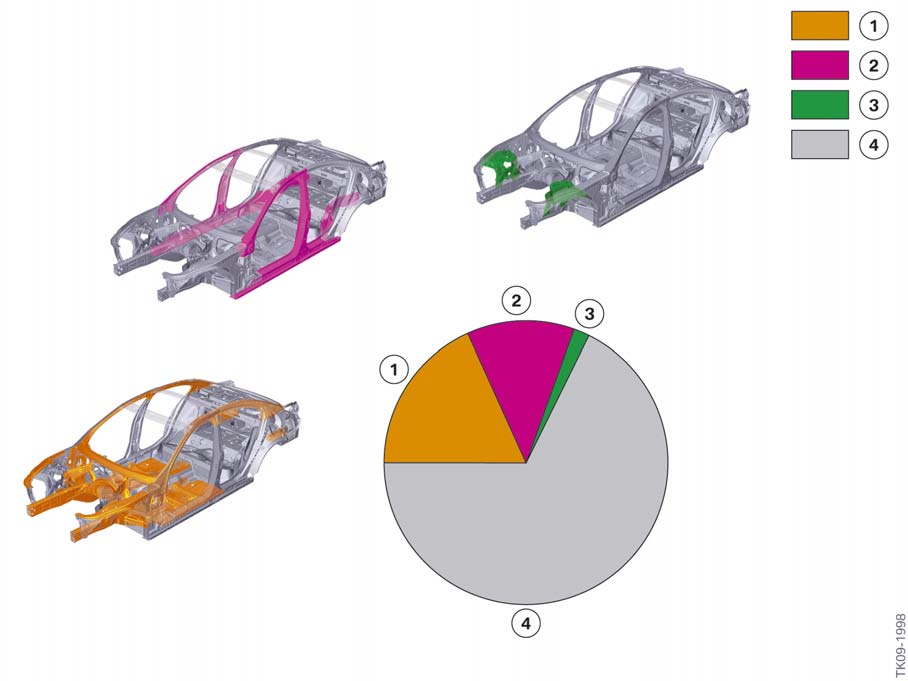
When we we look back further, compared to the E60, the F10 give me an impression of somewhat “going backwards”. On E60, the whole load bearing structure in front of the passenger cabin is completely aluminum, not just the strut tower in the F10. In fact, only 2% of the F10’s body shell are aluminum (as shown in the above illustration).
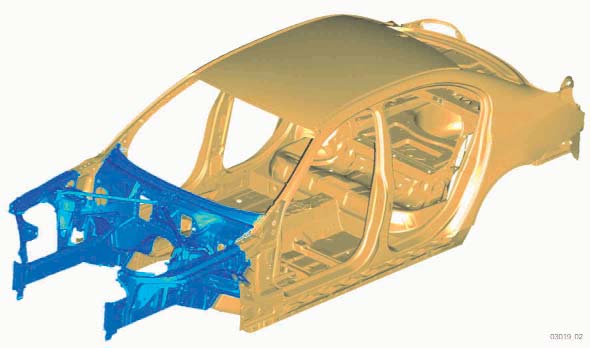
Compared to the F10, the G30 5-Series significantly increased the aluminum usage. On top of the aluminum components on F10, the G30 also uses aluminum in the roof, trunk lid and also the front/rear rails areas.
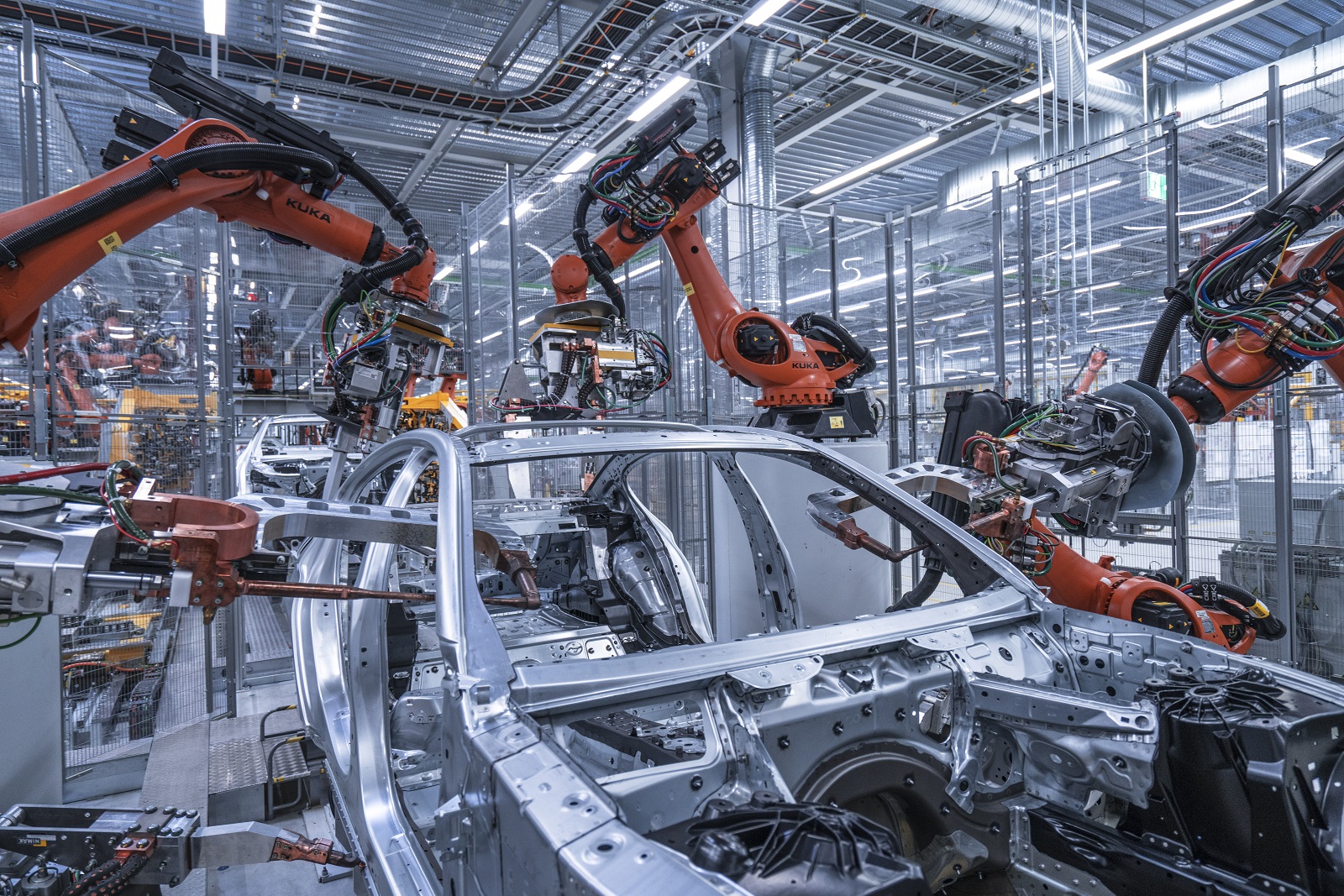
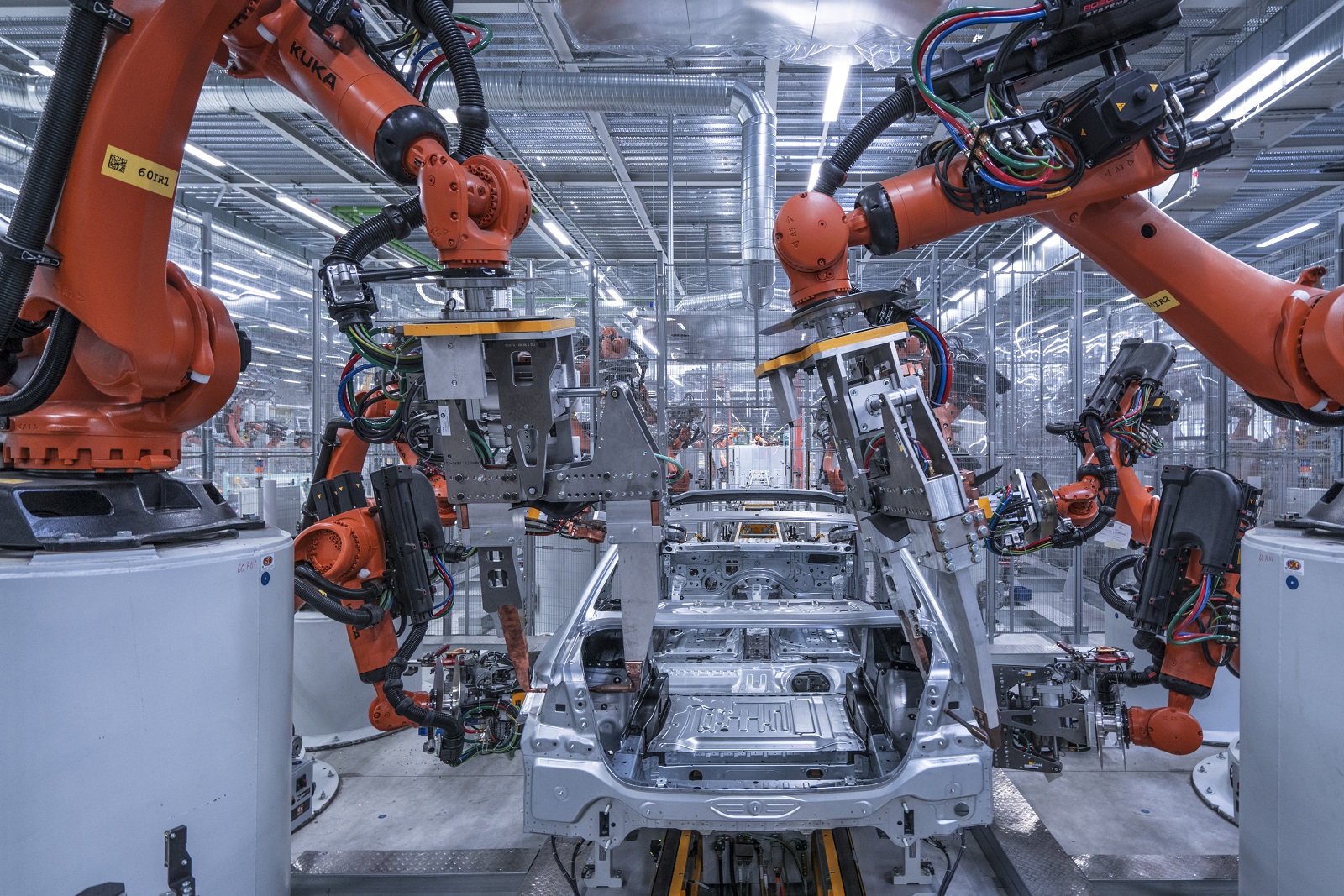
On the G30 5-Series, the average strength of the steel is also enhanced, usage percentage of the ultra-high-strength steel is increased significantly, especially in the engine bay bulkhead and front sub-frame extension.
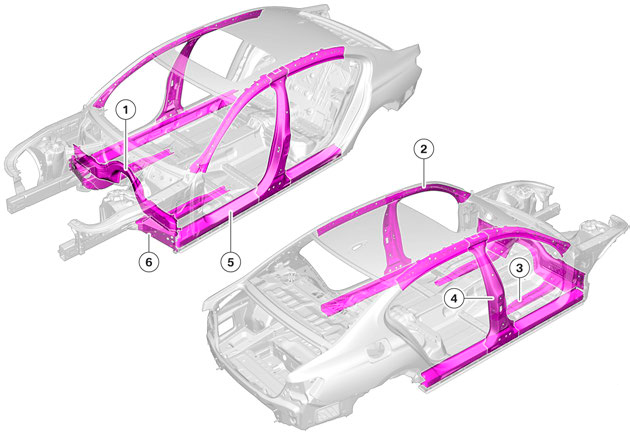
Structurally speaking (not counting the outer skins), only the strut tower in the current F10 5-Series is made with aluminum. In the G30 platform, not only the strut tower, but also the main front frames, and also the rear members are using aluminum too. A big step forward!
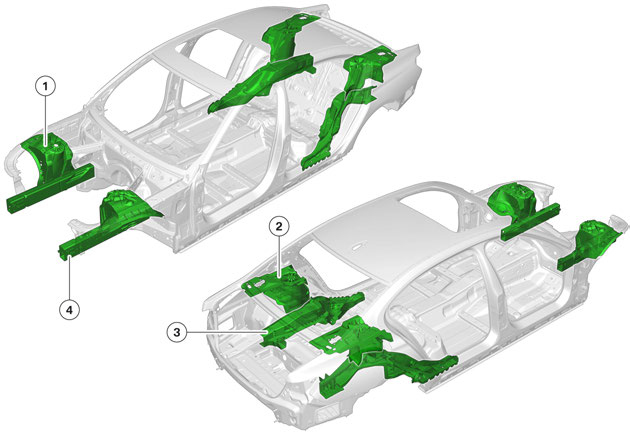
Now comes to the weight. Since the 340i weights 140 lbs more than the 335i, we know the B58 engine, which propels the G30 540i, is no lighter than the N55 engine (which sits in the engine bay of the F10 535i). However, due to G30 platform’s lightweight/advanced material construction, the bigger 2017 G30 540i’s curb weight is actually 110 lbs lighter than the 2016 F10 535i (3,847 lbs v.s 3,957 lbs).
According to BMW, the G30’s car body static torsional rigidity is better than the current F10 generation.
Chassis and Suspension
On 5-Series, BMW started to use double-wishbone design in the front suspension from the F10 generation (before that, for example the E60 is using MacPherson type front suspension).
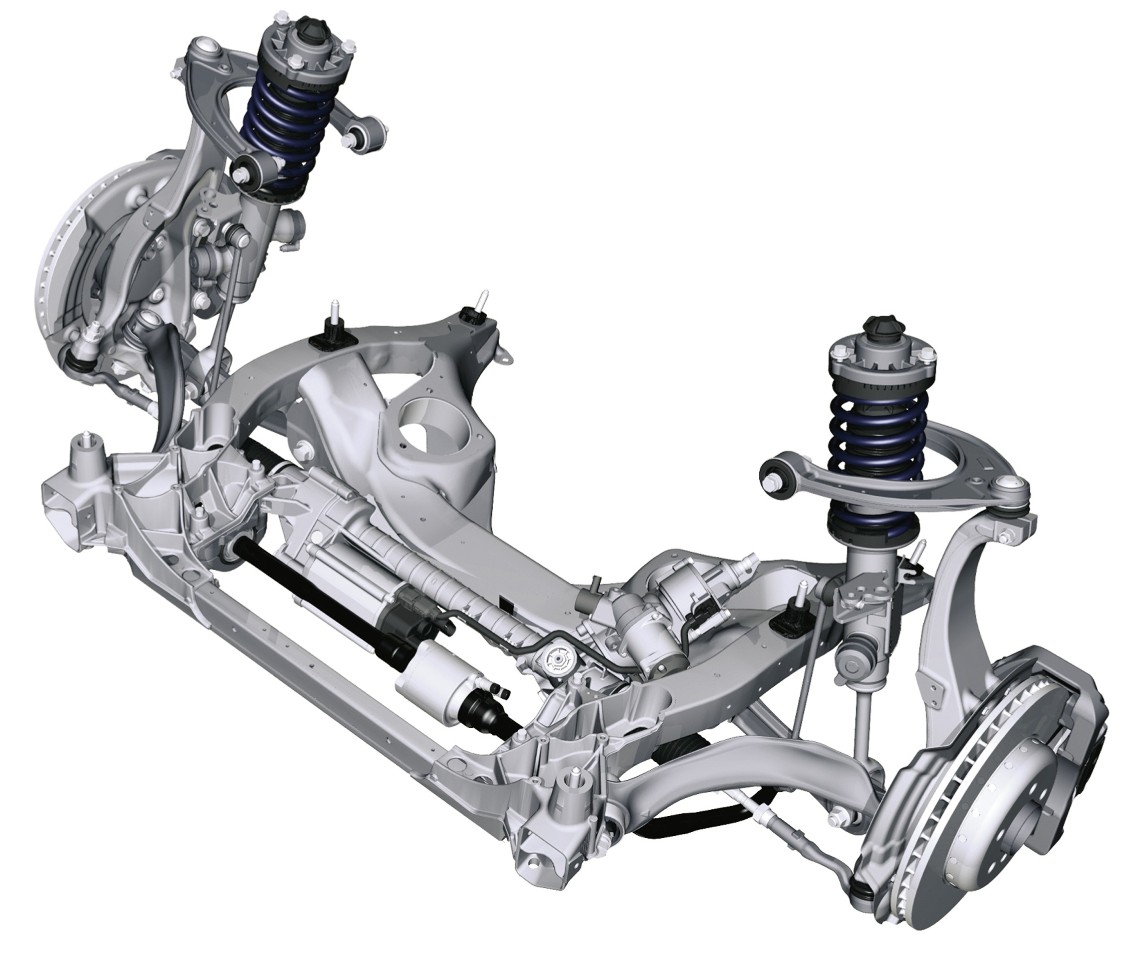
For the G30, it keeps the same design, see below:
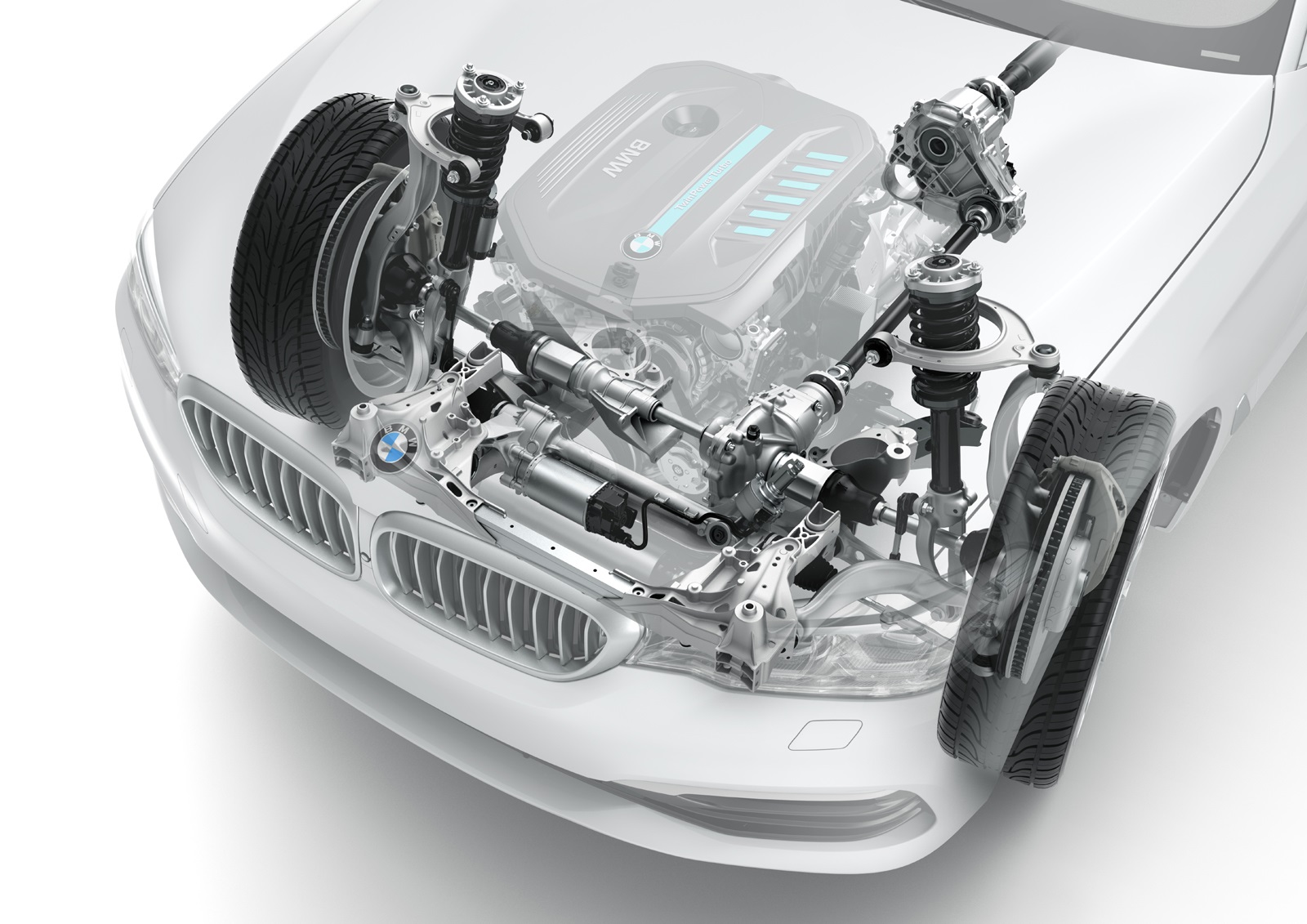
The rear suspension is another story: the current F10 is using the H-arm design, this type of suspension can be found in cars as expensive as Ferrari, or as affordable as the Ford Fusion, Mustang etc.
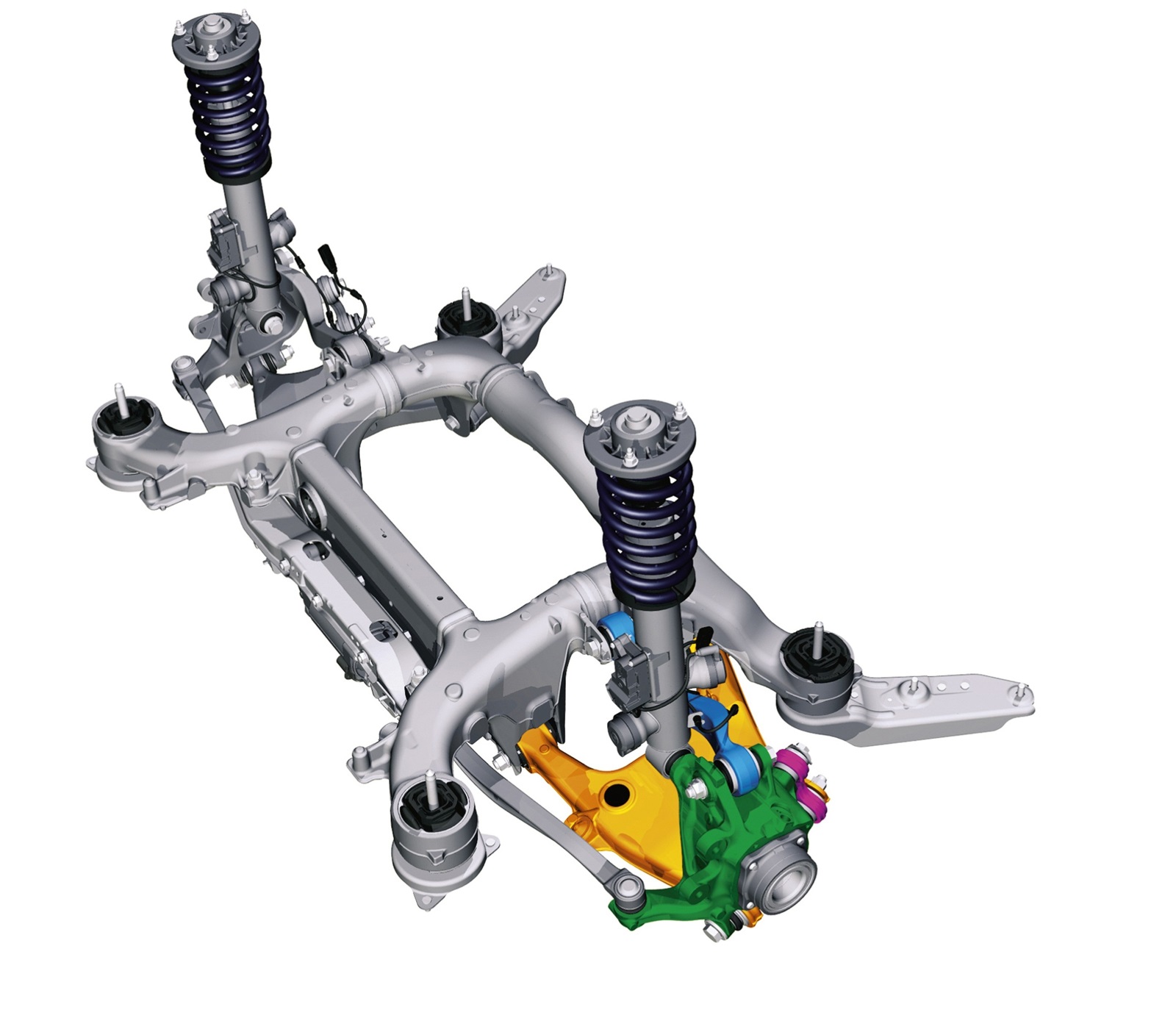
On the G30 5-Series, it is totally different: its rear suspension uses the “traditional” 5-link design.
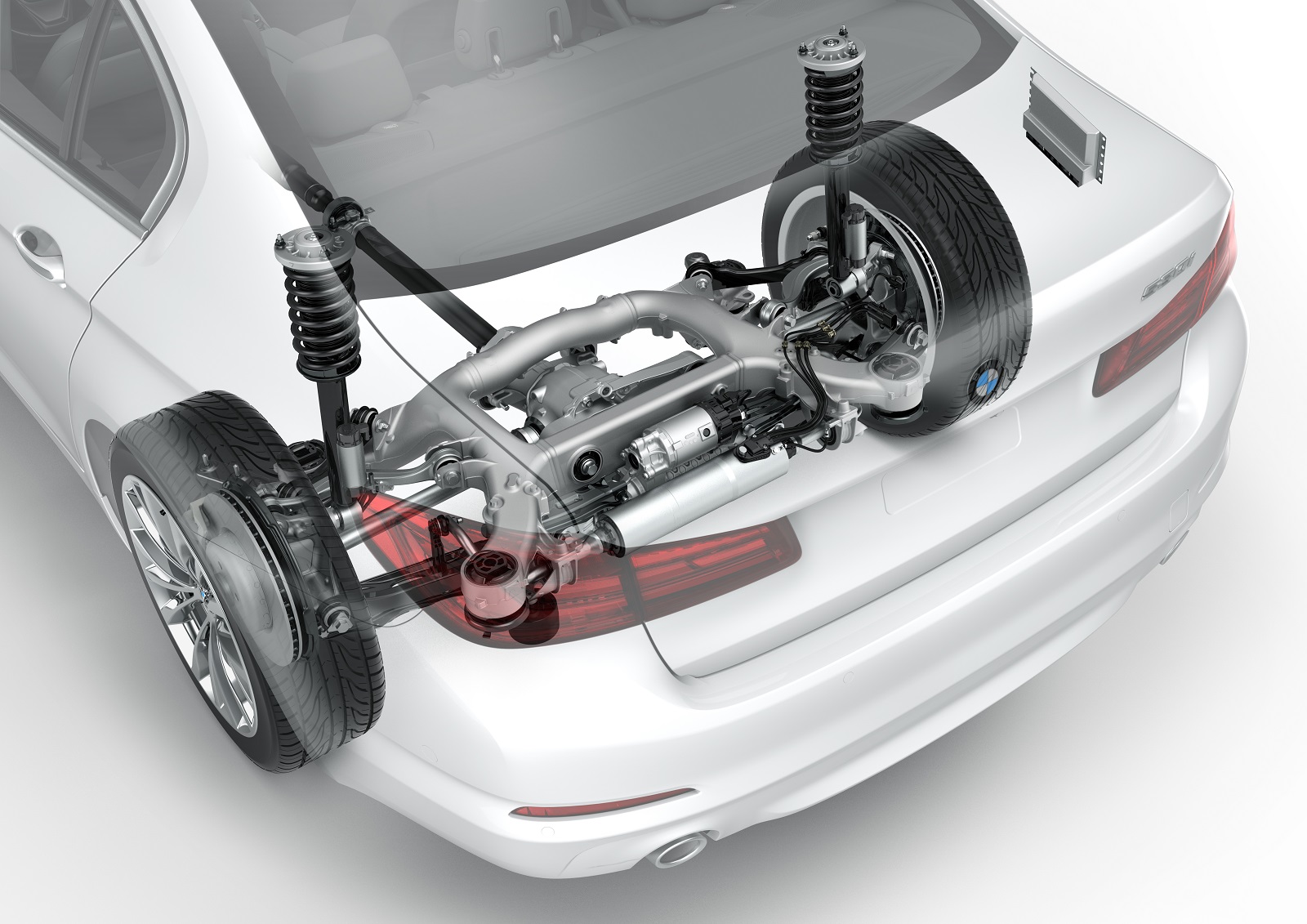
This brings up a question: why the G30 generation gives up the H-arm design, and replaces it with the more traditional 5-link style?
For the F10’s H-arm format, its advantage is mainly in easy packaging – since it requires less control arms above the wheel hub. However when compared to the 5-link design, its ability to optimize wheel movement is slightly inferior.
G30’s 5-link design is more easier for engineers to fine-tune the wheel’s movement (at least, in theory). Therefore, given the same effort, 5-link suspension provides a slightly higher ride comfort level. This is also exactly the same reason why the H-arm suspension used on the Bentley Flying Spur, does not appear on the firm’s flagship Mulsanne sedan.
However there is downside too: the 5-link suspension requires more space to install, due to the extra upper control arm. You can see their difference in installation space requirements in the below illustration.

This indicates: although BMW focuses heavily on the new G30 5-Series’ luxury and practicability aspects, it still does not want to compromise with the handling and performance; and indeed, they want to improve it over the F10 generation.
Powertrain
For US market, during the initial launch the G30 5-Series has the following engine options:
- 530i/530i xDrive: B48 2.0L turbo I4, 248 hp@5,200 – 6,500 RPM, 258 lb-ft@1,450 – 4,800 RPM
- 540i/540i xDrive: B58 3.0L turbo I6, 335 hp@5,500 – 6,500 RPM, 332 lb-ft @ 1,380 – 5,200 RPM
- M550i xDrive: N63TU2 twin-turbo V8, 456 hp (340 kW) @ 5,500 RPM, 480 lb-ft @ 1,800 – 4,500 RPM
For comparison, the following is their corresponding counterpart in the F10 5-Series:
- 528i/528i xDrive: N20 2.0L turbo I4, 240 hp@5,000 – 6,500 RPM, 258 lb-ft@1,450 – 4,800 RPM
- 535i/535i xDrive: N55 3.0L turbo I6, 300 hp@5,800 – 6,000 RPM, 300 lb-ft@1,300 – 5,000 RPM
- 550i/550i xDrive: N63TU twin-turbo V8, 445 hp@5,500 – 6,000 RPM, 480 lb-ft@2,000 – 4,500 RPM
Next let’s compare them one by one.
B48 v.s N20
The B48 belongs to BMW’s latest B engine family (B38 = 3-cylinder; B48 = 4-cylinder; B58 = 6-cylinder).
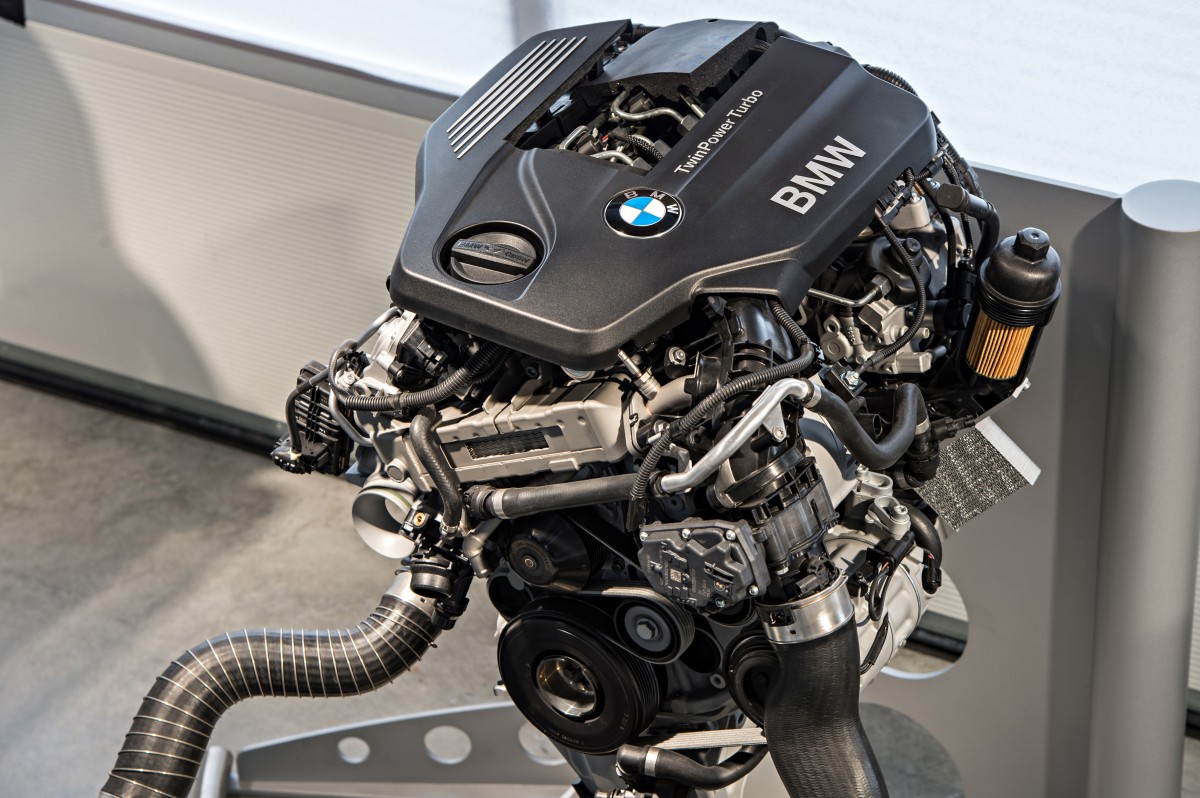
Across the whole family, one major distinction is their cylinder block material is changed to AlSiMgCu 0.5, while the N20/N54/N55 are using AlSi9Cu3. The former is considered to be lighter and stronger.
Another enhancement is the B series engines’ closed-deck cylinder block design, while the N20/N54/N55 are open-decked. For the advantage of closed-deck, please refer to our previous technical analysis.
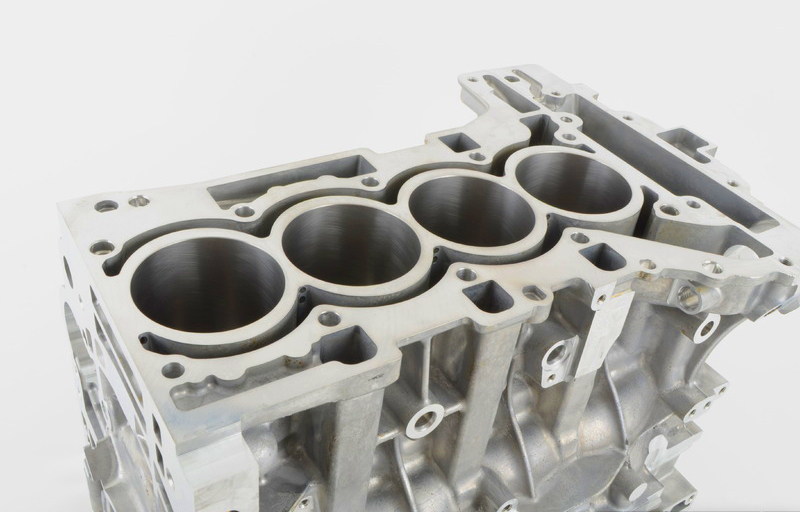
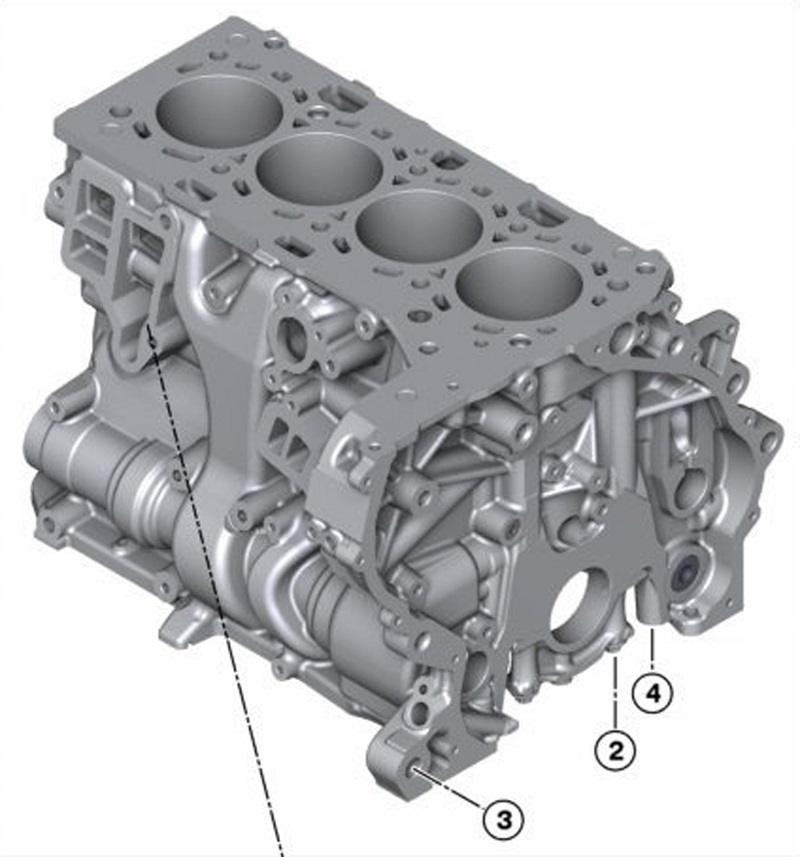
Different from the air-to-air intercooler in the N20, the B48 is using an air-to-liquid intercooler, which is integrated into the intake plenum. Air-to-liquid intercooler is considered to be more heavy-duty and capable, therefore it is favored by most latest high-performance-oriented engines in the industry.
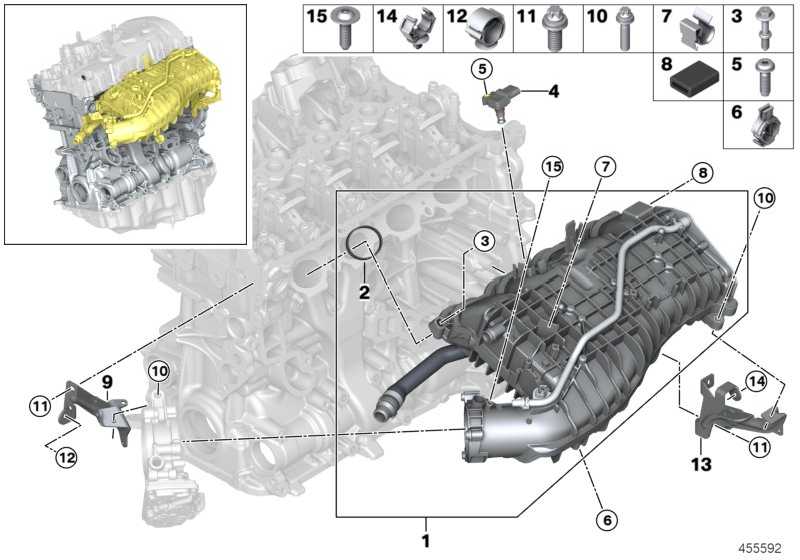
Since the inline-4 layout is inherently 2nd-order imbalanced, it needs balance shafts to suppress the vibration under high RPM operation. The placement and also the way how the balance shafts are driven is totally different between the N20 and B48.
On the B48, the two balance shafts are placed on the immediate left and right hand side of the crankshaft, and directly meshed to the crankshaft.
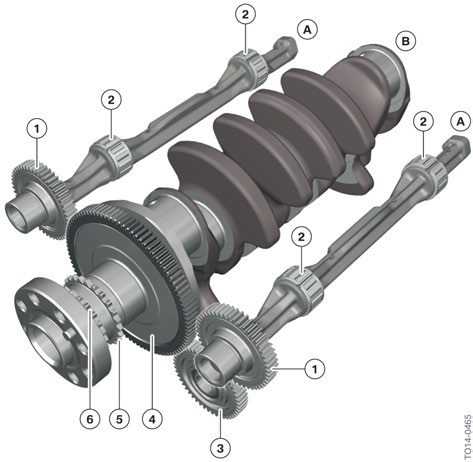
On the N20, the two balance shafts are vertically stacked together and installed near the engine oil pump. The upper shaft is chain-driven by a crankshaft sprocket, it is responsible to drive the lower balance shaft and also the engine oil pump at the same time.
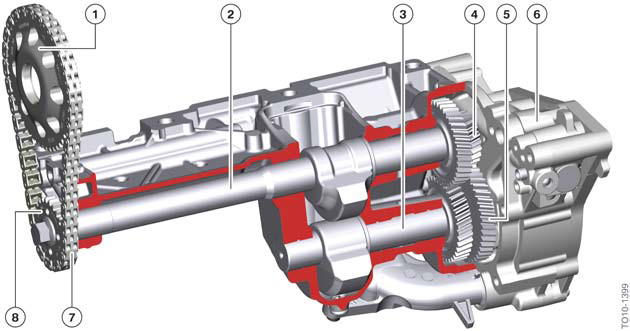
Between the above two designs, there is no definite advantage over each other. The main reason why B48 picks this shaft placement scheme maybe due to packing (modular compatibility) and also fuel efficiency concerns.
Same as the N20, the B48 use Electric Arc Wire Spraying (LDS) to generate a thin layer coat of ferrum to act as the cylinder sleeve. This is a state-of-the-art technology, you can also see the same application on Ford’s EcoBoost engine family.
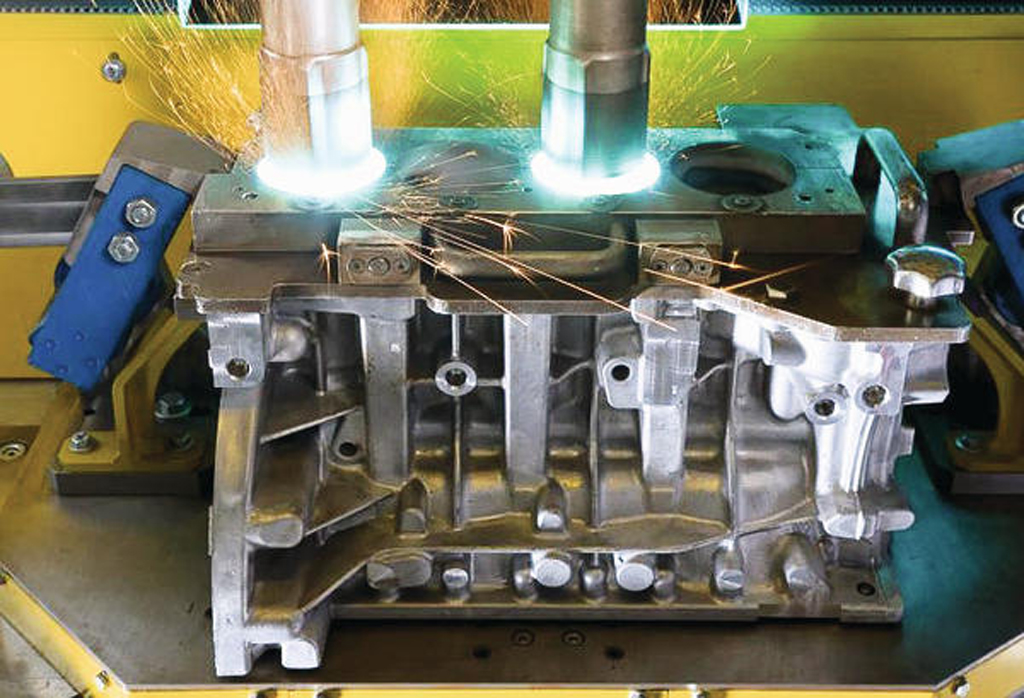
Last point worth mentioning is the N20 engine: it uses both a design (“axial offset” in short). The later is the first in BMW history. The purpose of such offsets are to decrease operating noise and vibration. On the B58 engine, it does not use such design (because of the modular strategy).
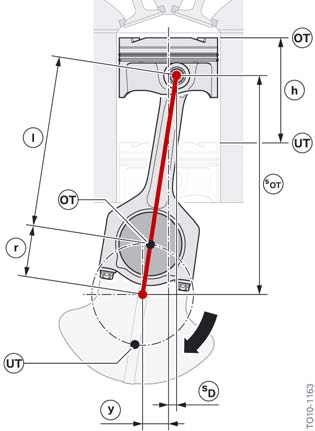
B58 v.s N55
For detailed comparison, we have a very extensive review here:
Detailed Analysis: The BMW B58 Inline 6-Cylinder Engine
N63TU2 v.s N63TU
The N63TU is used on the LCI F10 550i (both RWD and AWD); the N63TU2 will be used in the 2017 G30 M550i xDrive.
Please note that the M550i will only has the AWD version, no RWD M550i exists.
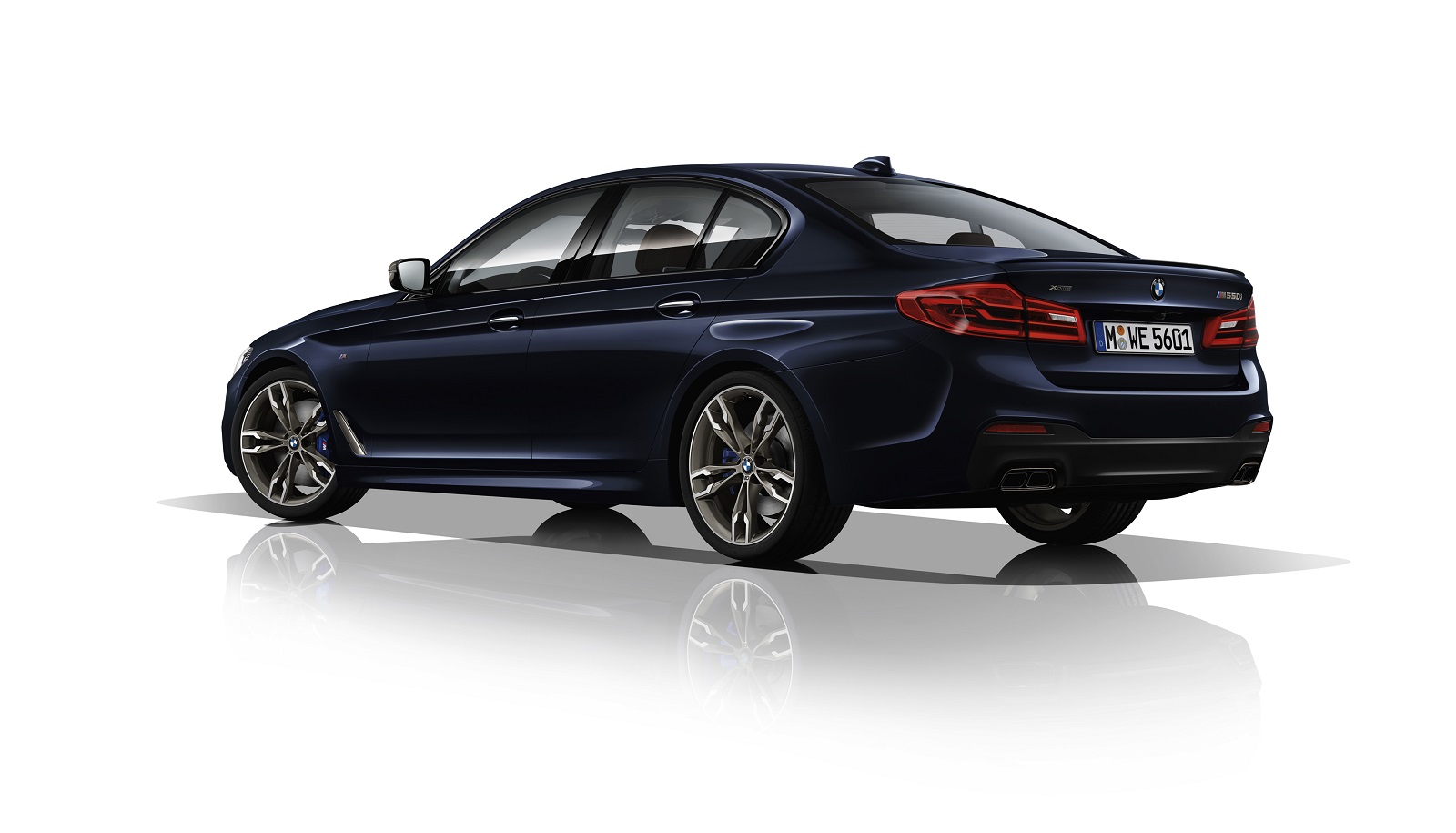
There are two major changes made to the N63TU2 on top of the N63TU.
First change is the compression ratio is increased to 10.5:1 from the 10.0:1 on the N63TU. This translates to better thermal efficiency (= saving fuel).
Next change is the turbocharger. On the N63TU, the turbochargers are just the single-scroll type; on the N63TU2, the single-scroll units are replaced with the twin-scroll turbochargers.
Obviously the twin-scroll charger can provide quicker throttle response and therefore minimize the turbo lag.
We know the N63 engines are closely related to the S63 engine used on the M cars (M5, M6, X5M, X6M), and the S63 is also using twin-scroll chargers. However, this does not mean the N63TU2 are “equivalent” to the S63. Indeed, not even close.
The N63/S63 architecture uses the reverse flow design, which places the exhaust manifold on top, therefore the turbochargers are mounted inside valley of the V-bank.
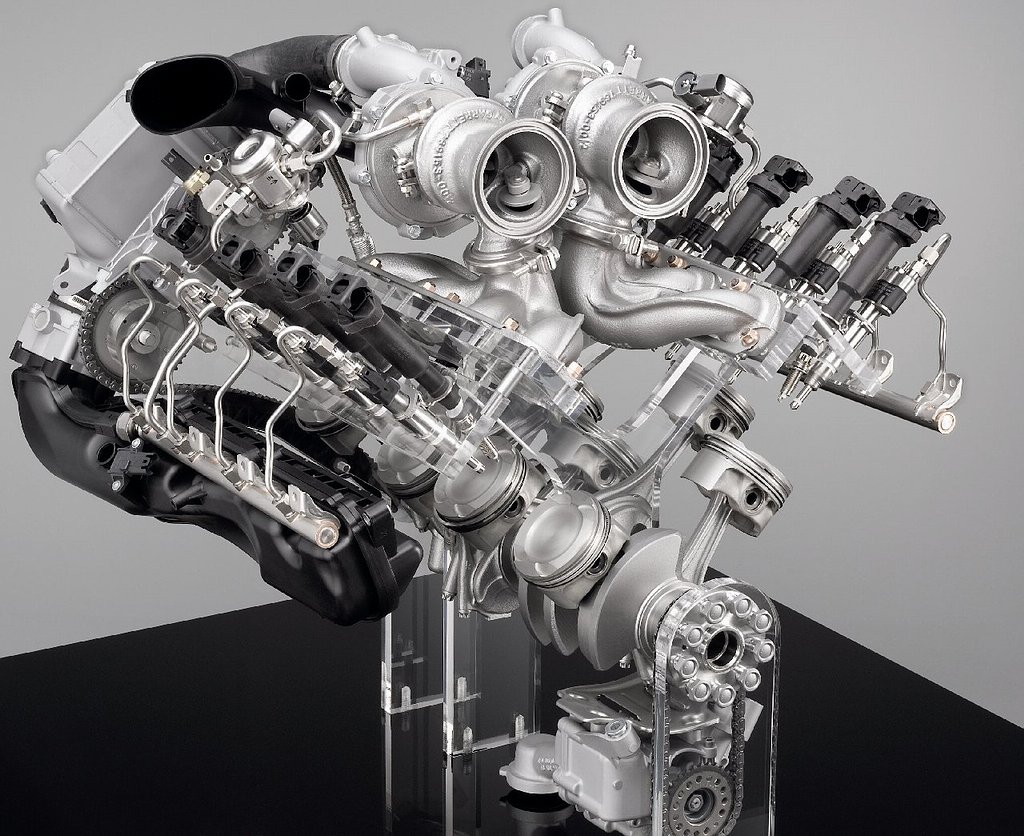
Because of the uneven-firing characteristics of the V8 layout, the best way for each turbocharger to get stable exhaust airflow is: collecting exhaust gas from two banks at the same time. Therefore on S63, the two turbochargers are connected to its own cross-bank exhaust manifold respectively. This is the essence and ultimate goal of the reverse flow design.
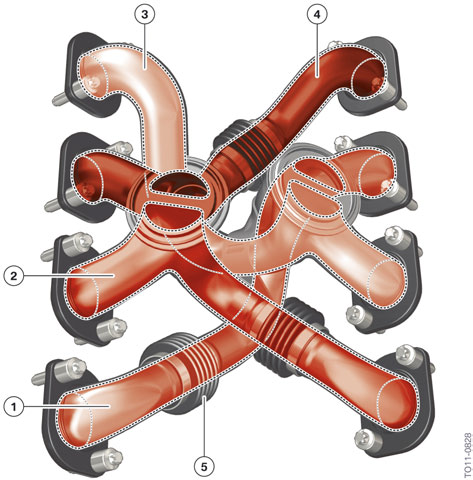
On the contrary, this is not the case for the N63TU2. Although twin-scroll turbochargers are used, each one of them is still connected to one single bank of cylinders only. It does not get the best out of the reverse flow architecture. It is undoubtedly better than the N63TU (with only single-scroll chargers), but it is fundamentally inferior than the S63.
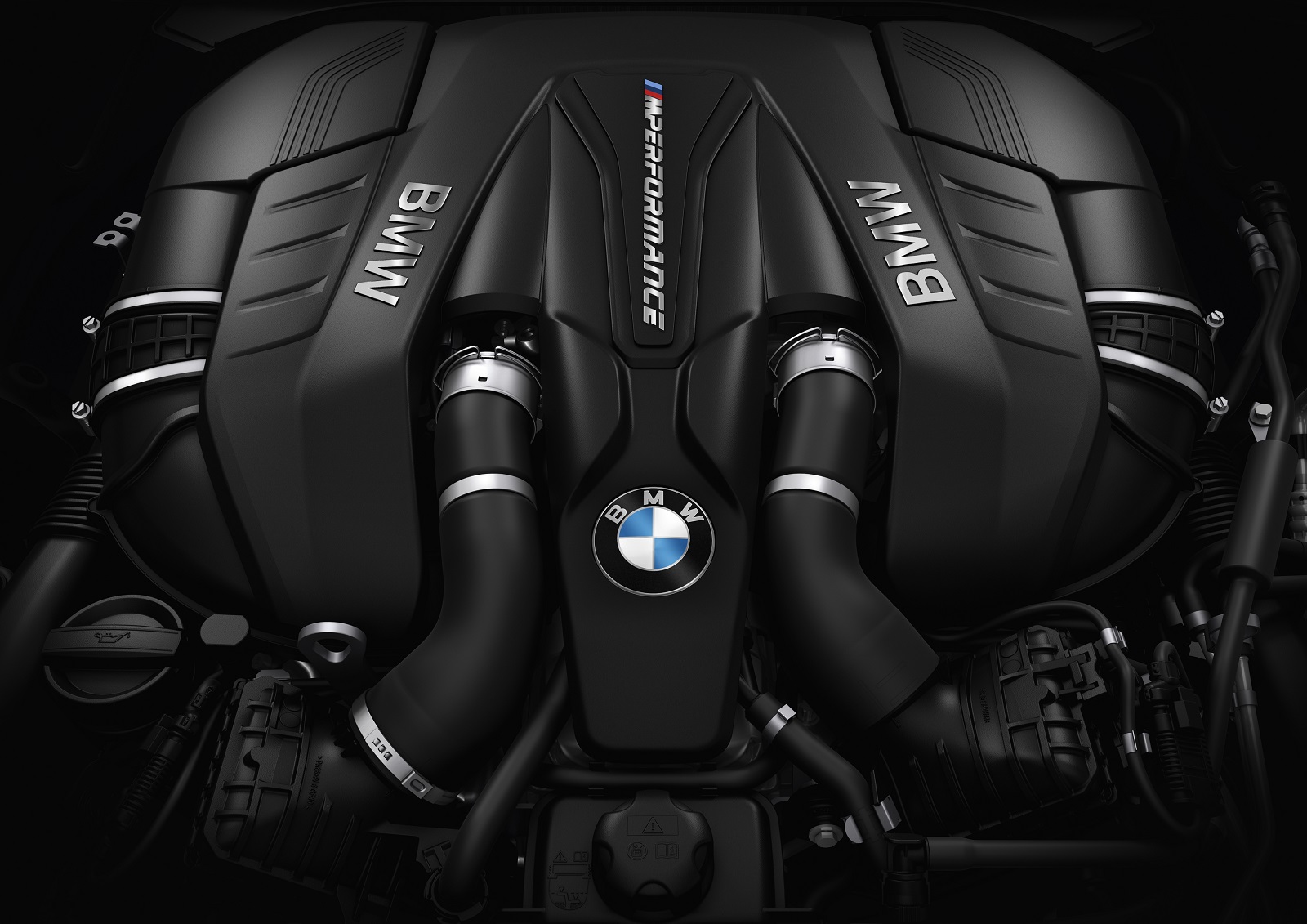
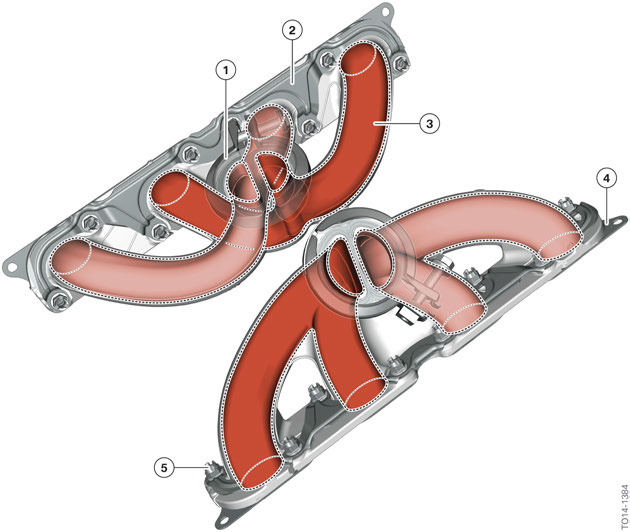
Apparently, BMW does this intentionally. The only explanation is: to preserve the brand’s high-end M cars’ absolute advantage over other “normal” models. Think about this: if the engine of the M550i is almost mechanically identical to the M5, given the M5 has a much higher MSRP, few people are willing to buy the M5.
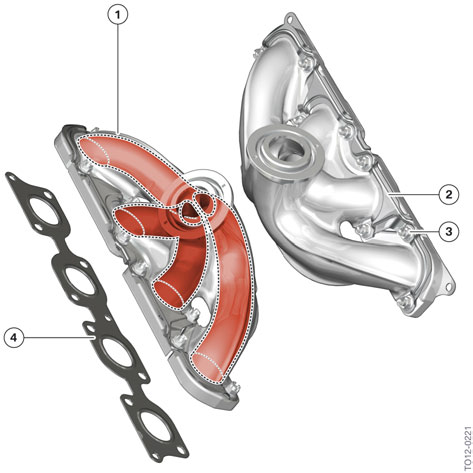
Despite the N63TU2’s “conservative” enhancement, from BMW’s official data we surprisingly find that the 2017 M550i xDrive’s 0-60 mph time, is actually faster than the current M5 (4.0 seconds v.s 4.2 seconds)!
With less power output, the reason why the 2017 M550i can outrun the top-breed M5 can be attributed to multiple causes:
- xDrive AWD, which the current F10 M5 doesn’t have;
- Better calibration and launch control logic in the transmission;
- Possible “unpublished” over-boost feature in the N63TU2;
- The actual output of the N63TU2 may be higher than what BMW claims officially.
Electronic Features
Compared to the mechanical component, the electronic features evolves at a much faster pace. Even a fully loaded F10 5-Series is still missing some functionalities which a luxury car should have in 2016.
So the all-new G30 generation gets a ton of such new features, which descriptions occupies more than half sections of the press release.
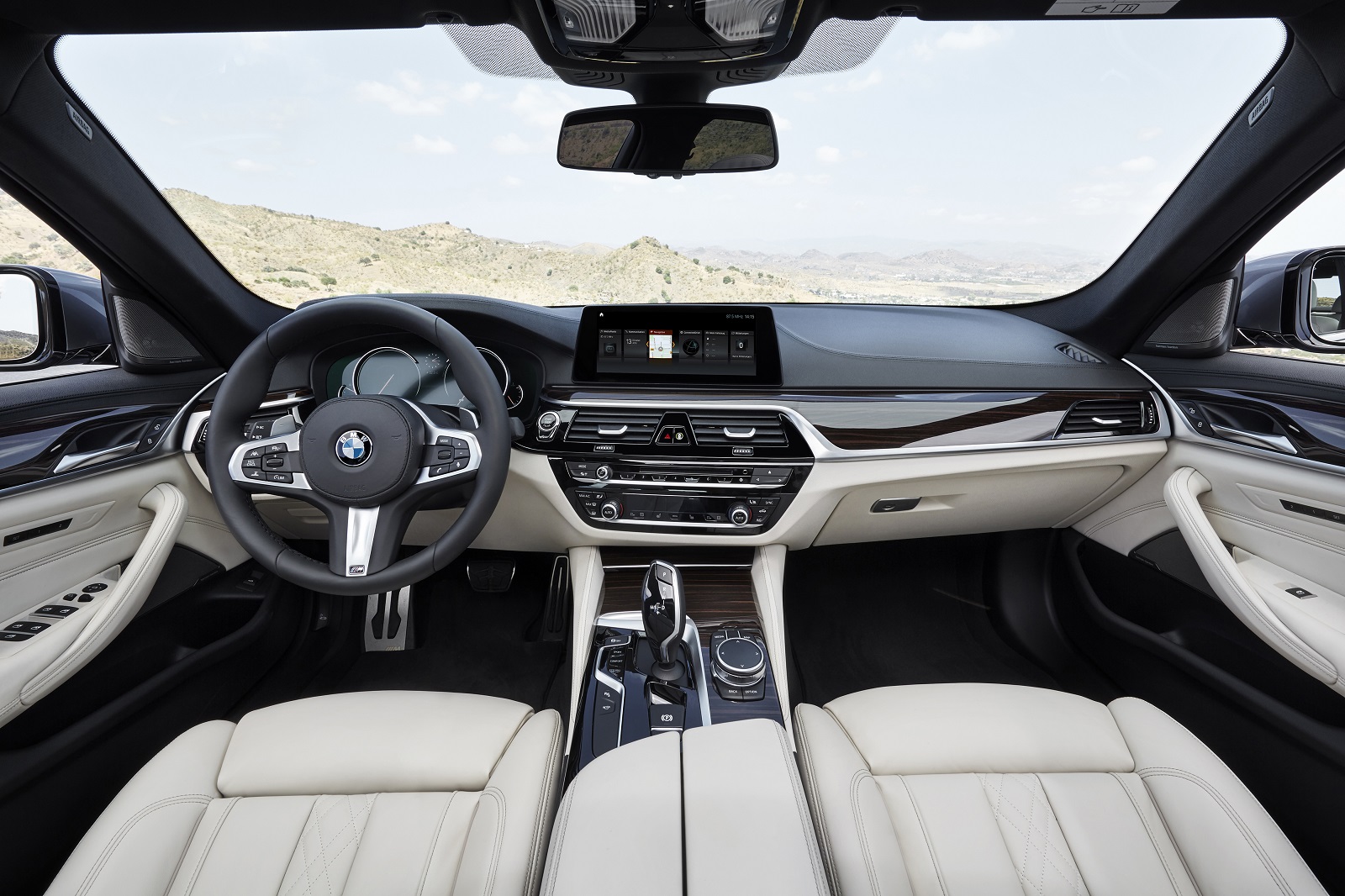
For example, the new 5-Series now can steer by itself (lane keeping, lane control assistant), automatic lane change, the seats can have massage function, HUD display is 70% larger than before (which almost effectively projects the instrument cluster info onto the windshield). The car is even smart enough to warn you if you accidentally entered an one-way road in the wrong direction.
Of course, the UI of the iDrive system is overhauled, it looks more beautiful and modern. Not to mention the gesture control feature, which you do not need to physically touch the screen to operate the system.
Outside, LED headlight is now standard (although you can opt for the “Adaptive LED” package to get more fancy light patterns).
From my point of view, these “bells and whistle” things do not make a car mechanically better or worse; but at least, most consumers need them, and I bet quite a lot of them even place this at the top of their lists.
Summary
If from F01 to G11 7-Series can be called a “revolution”, the F10 to G30 5-Series should be more accurately to be categorized as an “evolution”.
It has take big steps forward in some areas (for example more lightweight/advanced materials in the body construction, latest engines, electronic features), the upgrade is just not as dramatic as its big brother 7-Series (the “carbon core”!).
In the press release, I cannot find air suspension is mentioned. This makes the Mercedes W213 E-Class more attractive if a consumer want the air-ride quality. However, the G30 5-Series compensate this by offering V8 engine in non-M model (for Mercedes, the only way you can get V8 is going to the AMG models).
Therefore, the major selling points for the upcoming new 5-Series are: 1. technology; 2. performance. These are BMW’s roots indeed.


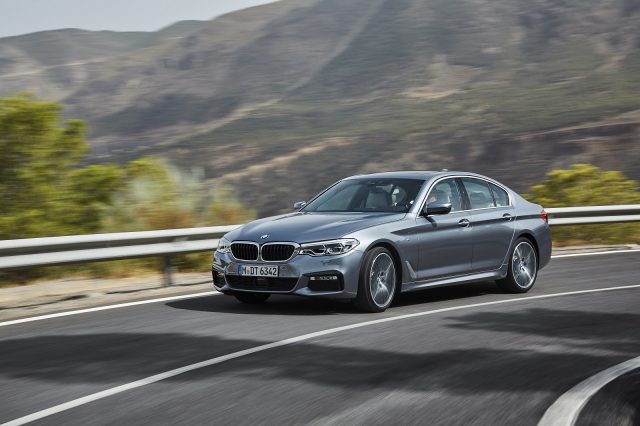
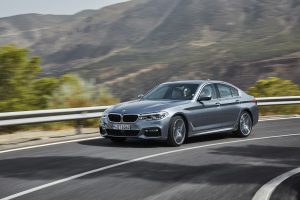
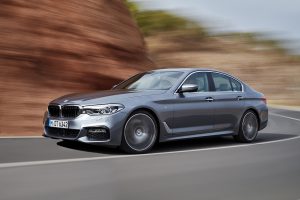
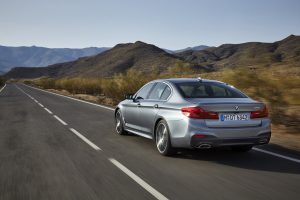
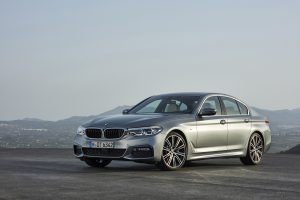
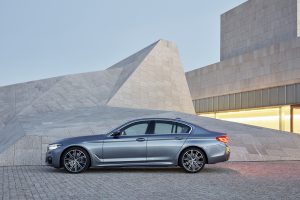
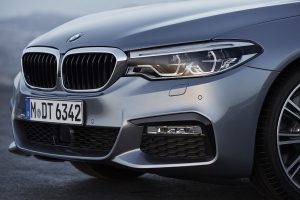
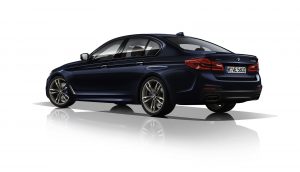
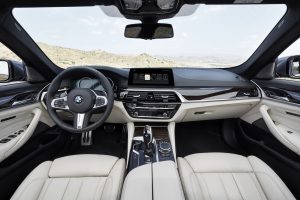
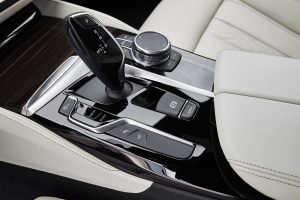

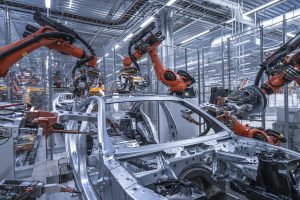


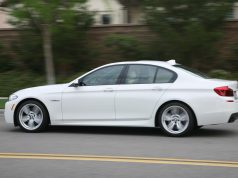
Standard air suspension for the rear axle and optional ful air suspension with adaptive mode are important factors that are not mentioned in your article. That is not saying that your article is to be criticised, it gives a comprehensive evolutionary analysis of the G30, and I thank you for the interesting read.
I wonder if th H rear suspension set up is having additional advantages, given this air suspension. Or perhaps it is a logical and smart one, especially given the situation of the air suspension that wasn’t there with the lrevios generation 5 series?